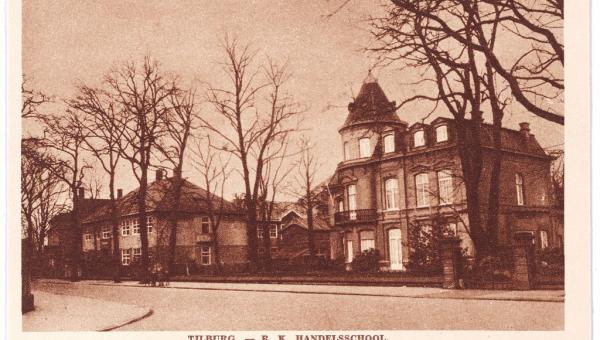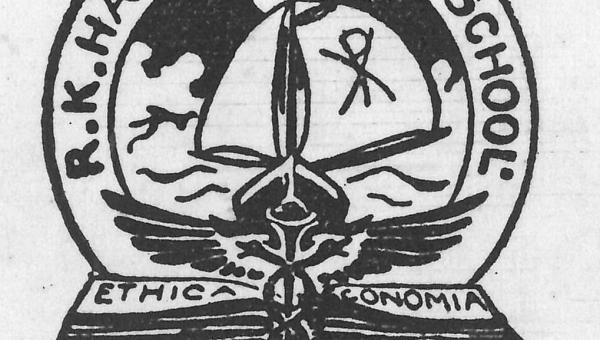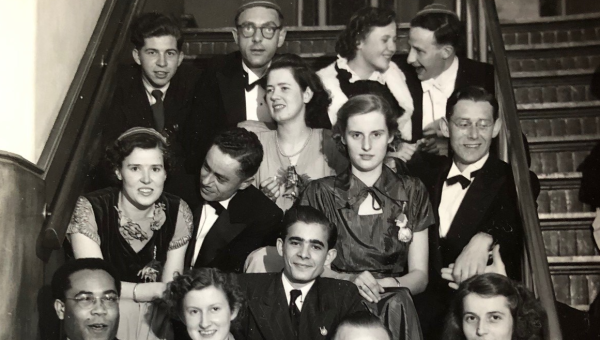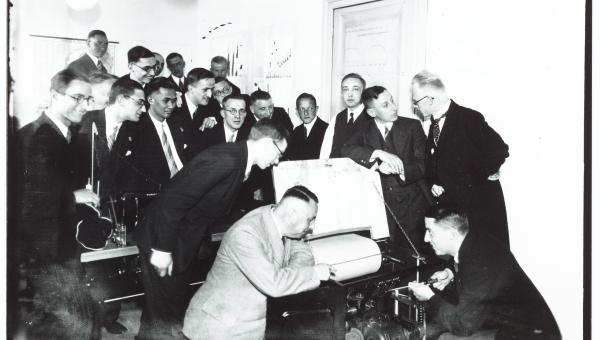The first decades, in the city center
The university was formally established in 1927 as the Roomsch Katholieke Handelshoogeschool (Roman Catholic College of Commerce). The start was modest, with five full professors (Cobbenhagen, Gimbrère, Kaag, Goossens, and Weve), eight lectors and 28 students.
The institution was located on Bosscheweg, today's Tivoli Street—where Interpolis's garden is now located. The study program has a broad orientation: economics is central, but from the beginning, students also receive instruction in law, history, psychology, and the social sciences. Statistics and data have an important place in the curriculum. In 1936, the name was changed to Katholieke Economische Hoogeschool (Catholic School of Economics), mainly to emphasize its academic character. Until WWII, students are almost without exception members of a student union; until 1961, TSC St. Olof was the only one.
More about history and academic heritage
The Tilburg University academic heritage is a very diverse set of archives, visual materials, collections, devices, recorded stories, et cetera that relate to the history of the university.



